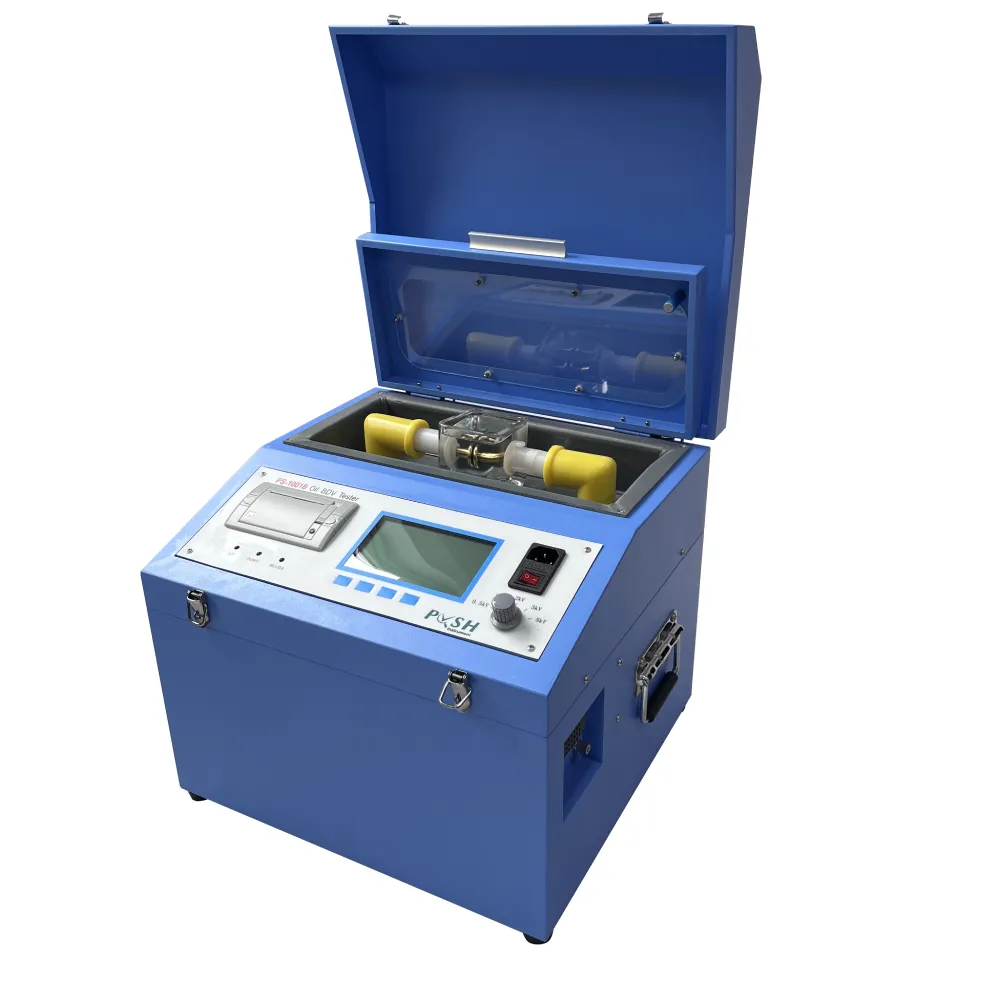 English
English



-
 Afrikaans
Afrikaans -
 Albanian
Albanian -
 Amharic
Amharic -
 Arabic
Arabic -
 Armenian
Armenian -
 Azerbaijani
Azerbaijani -
 Basque
Basque -
 Belarusian
Belarusian -
 Bengali
Bengali -
 Bosnian
Bosnian -
 Bulgarian
Bulgarian -
 Catalan
Catalan -
 Cebuano
Cebuano -
 China
China -
 China (Taiwan)
China (Taiwan) -
 Corsican
Corsican -
 Croatian
Croatian -
 Czech
Czech -
 Danish
Danish -
 Dutch
Dutch -
 English
English -
 Esperanto
Esperanto -
 Estonian
Estonian -
 Finnish
Finnish -
 French
French -
 Frisian
Frisian -
 Galician
Galician -
 Georgian
Georgian -
 German
German -
 Greek
Greek -
 Gujarati
Gujarati -
 Haitian Creole
Haitian Creole -
 hausa
hausa -
 hawaiian
hawaiian -
 Hebrew
Hebrew -
 Hindi
Hindi -
 Miao
Miao -
 Hungarian
Hungarian -
 Icelandic
Icelandic -
 igbo
igbo -
 Indonesian
Indonesian -
 irish
irish -
 Italian
Italian -
 Japanese
Japanese -
 Javanese
Javanese -
 Kannada
Kannada -
 kazakh
kazakh -
 Khmer
Khmer -
 Rwandese
Rwandese -
 Korean
Korean -
 Kurdish
Kurdish -
 Kyrgyz
Kyrgyz -
 Lao
Lao -
 Latin
Latin -
 Latvian
Latvian -
 Lithuanian
Lithuanian -
 Luxembourgish
Luxembourgish -
 Macedonian
Macedonian -
 Malgashi
Malgashi -
 Malay
Malay -
 Malayalam
Malayalam -
 Maltese
Maltese -
 Maori
Maori -
 Marathi
Marathi -
 Mongolian
Mongolian -
 Myanmar
Myanmar -
 Nepali
Nepali -
 Norwegian
Norwegian -
 Norwegian
Norwegian -
 Occitan
Occitan -
 Pashto
Pashto -
 Persian
Persian -
 Polish
Polish -
 Portuguese
Portuguese -
 Punjabi
Punjabi -
 Romanian
Romanian -
 Russian
Russian -
 Samoan
Samoan -
 Scottish Gaelic
Scottish Gaelic -
 Serbian
Serbian -
 Sesotho
Sesotho -
 Shona
Shona -
 Sindhi
Sindhi -
 Sinhala
Sinhala -
 Slovak
Slovak -
 Slovenian
Slovenian -
 Somali
Somali -
 Spanish
Spanish -
 Sundanese
Sundanese -
 Swahili
Swahili -
 Swedish
Swedish -
 Tagalog
Tagalog -
 Tajik
Tajik -
 Tamil
Tamil -
 Tatar
Tatar -
 Telugu
Telugu -
 Thai
Thai -
 Turkish
Turkish -
 Turkmen
Turkmen -
 Ukrainian
Ukrainian -
 Urdu
Urdu -
 Uighur
Uighur -
 Uzbek
Uzbek -
 Vietnamese
Vietnamese -
 Welsh
Welsh -
 Bantu
Bantu -
 Yiddish
Yiddish -
 Yoruba
Yoruba -
 Zulu
Zulu
transformer testing before commissioning
Transformer Testing Before Commissioning Ensuring Reliability in Power Systems
Transformers are critical components in electrical power systems, serving as the backbone of voltage transformation and distribution. Before placing a transformer into service, rigorous testing is essential to verify its operational integrity and ensure it will function reliably under load. This process, known as transformer testing before commissioning, involves a series of systematic evaluations designed to identify any potential issues that could lead to failure during operation.
One of the primary tests conducted is the insulation resistance test. This test measures the dielectric strength of the insulation materials used in the transformer. High insulation resistance values indicate that the insulation is intact and capable of withstanding high voltages without allowing leakage current. A low resistance reading can signal moisture ingress or material degradation, which could compromise the transformer's performance and safety.
Another critical test is the transformer turns ratio (TTR) test. This evaluation compares the ratio of the primary winding to the secondary winding, helping to ensure that the transformer is correctly configured and will provide the expected voltage transformation. A discrepancy in the turns ratio could indicate problems such as shorted windings or incorrect tapping, which must be rectified before commissioning.
Power factor testing is also vital in assessing the condition of insulation systems. By measuring the power factor at different voltages, technicians can diagnose the presence of contaminants like moisture or other impurities in the transformer’s insulation system. A high power factor could indicate insulation deterioration, leading to potential failures if not addressed.
transformer testing before commissioning

In addition to electrical tests, physical inspections of the transformer are crucial. These inspections should include checking for signs of mechanical damage, verifying proper grounding, and ensuring that all connections are secure. The physical condition of the transformer directly impacts its reliability; even minor issues can lead to significant operational disruptions if not identified and corrected pre-commissioning.
Thermal imaging is becoming increasingly common in transformer testing, allowing for the identification of hot spots and potential overheating issues that may go unnoticed during routine inspections. This non-intrusive testing method helps ensure that all components are operating within their specified temperature ranges, thus extending the lifespan of the equipment.
In recent years, advancements in technology have facilitated the automation of transformer testing procedures. Data acquisition systems can now capture and analyze test results in real time, making it easier for engineers to monitor performance parameters. This innovation not only enhances efficiency but also ensures a more thorough examination of the transformer’s condition.
Ultimately, transformer testing before commissioning is a critical step in safeguarding the reliability of power systems. These tests provide utility companies and operators with the confidence that their transformers will perform as expected, minimizing downtime and reducing the risk of catastrophic failures. By investing the necessary time and resources into these tests, stakeholders can protect their investments and ensure a stable electrical supply for consumers. The importance of thorough testing cannot be overstated; in the world of power distribution, the reliability of transformers directly translates to the reliability of the entire electrical grid.
-
Testing Equipment Industry Sees Major Advancements in 2025: Smart & Precision Technologies Lead the WayNewsJun.06,2025
-
Applications of Direct Current Generators in Renewable Energy SystemsNewsJun.05,2025
-
Hipot Tester Calibration and Accuracy GuidelinesNewsJun.05,2025
-
Digital Circuit Breaker Analyzer Features and BenefitsNewsJun.05,2025
-
Benefits of Real-Time Power Quality Monitoring Devices for Industrial EfficiencyNewsJun.05,2025
-
Earth Fault Loop Testing in High-Rise Building Electrical SystemsNewsJun.05,2025



